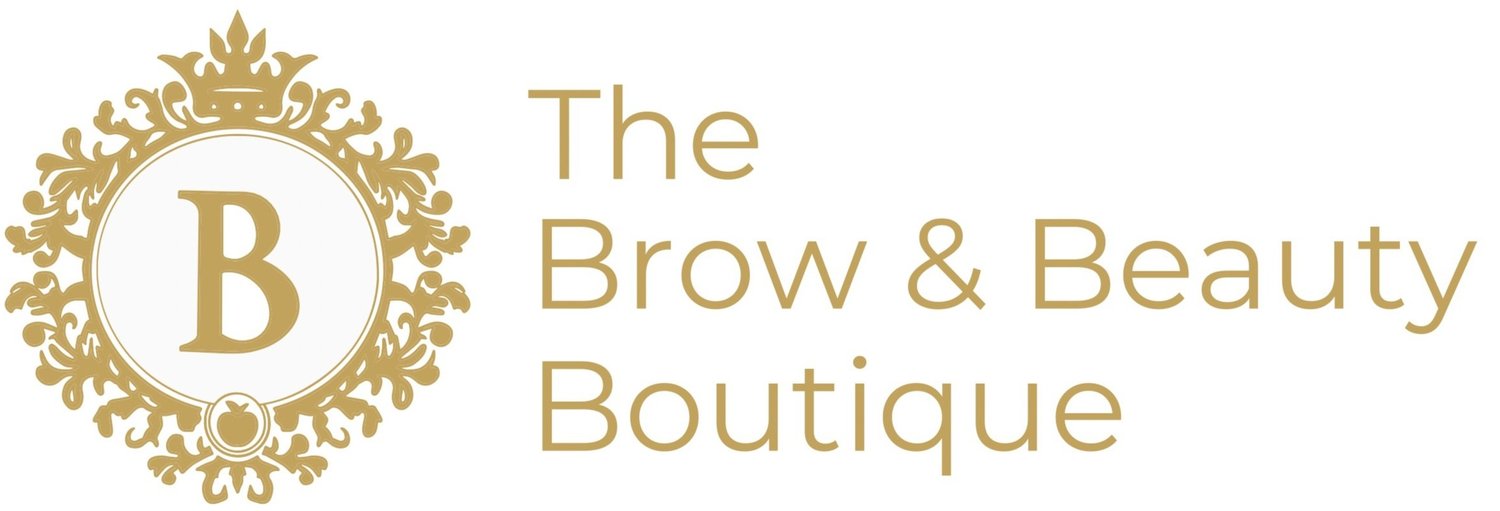The Gentle Recovery Plan for Hair That Snaps or Sheds After Stress
💬 You’ve Been Through a Lot—And Now Your Hair Is Paying the Price
Maybe you were sick.
Maybe you were under intense emotional strain.
Maybe you’ve just been tired for months.
And now your hair is:
Shedding more than usual
Snapping at the ends
Looking flatter or patchier
Reacting poorly to even gentle products
This guide is your non-overwhelming, low-pressure recovery plan for hair that’s exiting stress—but still carrying the aftermath.
🧬 When You’ve Been Exhausted, Your Hair Needs a Soft Landing
Hair doesn’t just fall out from trauma—it falls out when you start recovering from it.
Here’s what to understand before you try to “fix” it.
✳️ 1. Hair Often Sheds AFTER Stress, Not During It
There’s a delay.
Your body says:
“We made it through. Now we’re safe enough to reset.”
That reset includes:
Letting go of non-essential processes
Shedding fatigued follicles
Reallocating nutrients to rebuild deeper tissues
📍Hairline Embroidery offers immediate visual fullness while your hair begins the slow process of repopulating the scalp.
✳️ 2. It’s Not Just the Hair—It’s the Scalp That’s Stagnant
Stress shuts down circulation.
That means:
Fewer nutrients reach the root
Detox slows
Tension blocks growth signals
📍Skin Management for Anti-Aging restores oxygen flow to scalp-adjacent skin, which is often the first area to go dull after chronic stress.
✳️ 3. You Might Feel Emotionally Disconnected From Your Hair
Common behaviors:
Tying your hair up all the time
Avoiding photos or mirrors
Stopping your usual care rituals
Dreading touch or brushing
📍Eyebrow Regrowth Booster is a soft re-entry point—a way to reintroduce recovery through routine, not pressure.
✳️ 4. Post-Stress Hair Is Brittle Because It’s Under-Fueled
Even if you’re eating well now, your body was likely in “triage mode.”
This results in:
Weak keratin formation
Faster fall-out
Uneven regrowth
📍Lip Embroidery Blush helps restore visual vibrance to your face—even when your upper features are still recovering.
✳️ 5. It’s Not Too Late to Bounce Back—But It Will Be Gentle
Don’t try to speed things up.
You don’t need a miracle mask or an aggressive serum.
You need space, rhythm, and trust.
📍We’re here to help—contact our team or book your recovery session when you’re ready.
💬 When You’ve Been Through a Lot, Your Hair Needs Less Effort—Not More
The mistake most people make after stress?
They try to treat their hair back into shape.
But real recovery comes from reassurance, not pressure.
Here’s how to support your hair and scalp during the post-stress window—without overwhelming your system or your emotions.
🌿 A Month of Low-Stress Hair Recovery
✅ Week 1: Soothe + Shelter
Avoid tight styles and heat
Mist the scalp in the morning, press with fingers
Let hair air dry 50–70% before tying loosely
Avoid products that tingle, foam, or scrub
📍Hairline Embroidery helps reduce visual stress while density catches up.
✅ Week 2: Begin Light Rhythm
Shampoo just once this week (lukewarm water only)
Add a short scalp massage at night (2–3 minutes)
Use a silk pillowcase
Finger-detangle midweek, no brushes
📍Eyebrow Regrowth Booster complements this tempo—gentle activation without force.
✅ Week 3: Anchor and Protect
Try one structured style (clip or braid—low tension)
Apply hydration mist before bed
Keep hair out of direct sun and pollution
Let go of checking your hair daily—focus on feel, not fear
📍Lip Embroidery Blush boosts symmetry and glow, especially when regrowth makes your features feel uneven.
✅ Week 4: Reintroduce Confidence
Rinse scalp with cool water, no shampoo
Book your first embroidery or microneedling session
Take a photo in natural light—but don’t judge, just document
Begin repeating what felt best this month (not everything)
📍Book your recovery rhythm session or reach out to our team for help mapping your next steps.
✨ Additional Skin & Scalp Support from La Dermalogique
When stress has affected more than your scalp, these treatments bring circulation, oxygen, and clarity back to your whole system:
✅ Lymphatic Bojin Tisheng
Best for:
Heaviness in the face or scalp
Sleep disruption
Fluid retention from emotional or physical stress
What it does:
Clears lymphatic congestion
Encourages gentle detox
Re-energizes dull, overwhelmed skin
✅ Marine Spicules Skin Renewal
Best for:
Post-product burnout
Dull skin and clogged follicles
Scalp resistance after stress cycles
What it does:
Restores natural turnover
Reopens growth channels
Softens skin-follicle tension
✅ Signature Skin Treatment
Best for:
Post-stress dullness
Skin dehydration
Clients seeking full-face and scalp reset
What it does:
Deeply rehydrates
Releases muscle tension
Helps re-pattern skin performance post-burnout
📋 What You’ll Feel (Even If You Don’t See It Yet)
Week 1: You stop fearing your hair
Week 2: Fewer strands on your towel
Week 3: Brushing feels safe again
Week 4: You feel more present, and your scalp responds
❓ FAQ
“Should I cut my hair during recovery?”
Only if it helps you emotionally. Trims can reduce tangling, but growth isn’t dependent on cutting.
“Is this plan okay for post-COVID or postpartum hair loss?”
Yes. This guide is designed for all types of stress-related fallout and fatigue recovery.
“Can I keep coloring my hair?”
Wait at least one full month post-shedding before introducing color. Keep it low-lift and use heat protection.
💗 You’re Not Behind—You’re Healing at Your Own Speed
Your hair remembers what it’s been through.
Now, it’s your turn to remind it that safety is back.
📌 Book your recovery appointment
📌 Explore visual reinforcements like Lip and Hairline Embroidery
📌 Or contact us to co-create a hair plan that respects your nervous system, too
You don’t have to bounce back fast.
You just have to move gently—and consistently—forward.




